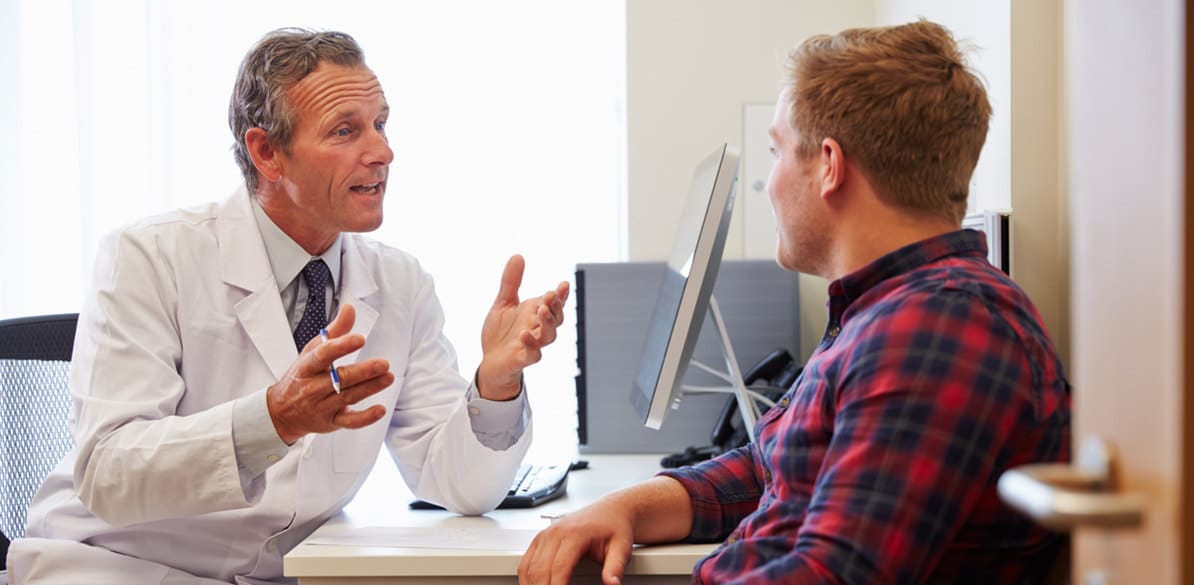Tips for Safe Driving

61 results

Tips to prevent and treat jet lag
Jet lag, also known as circadian rhythm sleep disorder and rapid time zone change, is a physiological imbalance that occurs when traveling across different time zones because our internal clock (which controls the periods of sleep and wakefulness) is slow to adjust to the new schedule.

Cyclist injuries: blows to the head
Exercising is very healthy, but putting it into practice is not exempt from the risk of suffering injuries. We must prevent these risks, to the extent possible.

Cannabis and cannabinoids
Cannabis is the world’s third most widely-used drug after alcohol and tobacco.

Arthritis and its negative impact on driving
Arthritis is the inflammation of one or more joints, which are the areas where two bones come together. The joints allow us to bend our limbs to make movements, such as bending the arms and legs, grasping large objects and holding small objects.

Vomiting and foreign bodies and their impact on driving
Driving is an activity that demands total concentration. Vomiting and choking can happen unexpectedly and you need to know how to act as both of them have a direct impact on driving ability.

Mild stroke
Strokes are one of the most common neurological diseases. The global incidence in Spain is estimated at between 150-250 cases per 100,000 inhabitants/year, making strokes a major social and health problem. Driving after having a stroke is possible, but it must be done under control.

Fall of an elderly person at home
A trauma is a situation involving physical damage to the body. There are many different types of trauma, but among these, head traumas are notable for their potential complications in both young and old patients.

Skin abrasions from falling off a motorcycle
Abrasions are lesions that arise from tangential trauma that removes the superficial skin layer (papillary dermis) and leaves a bleeding bed (reticular dermis). These are quite painful as they expose sensitive nerve endings and require as primary, basic care an exhaustive mechanical cleaning (brushing/rubbing) to remove foreign particles or bodies from the wound and/or debridement to prevent future complications (infections, delayed scarring, tattoos, etc.).
